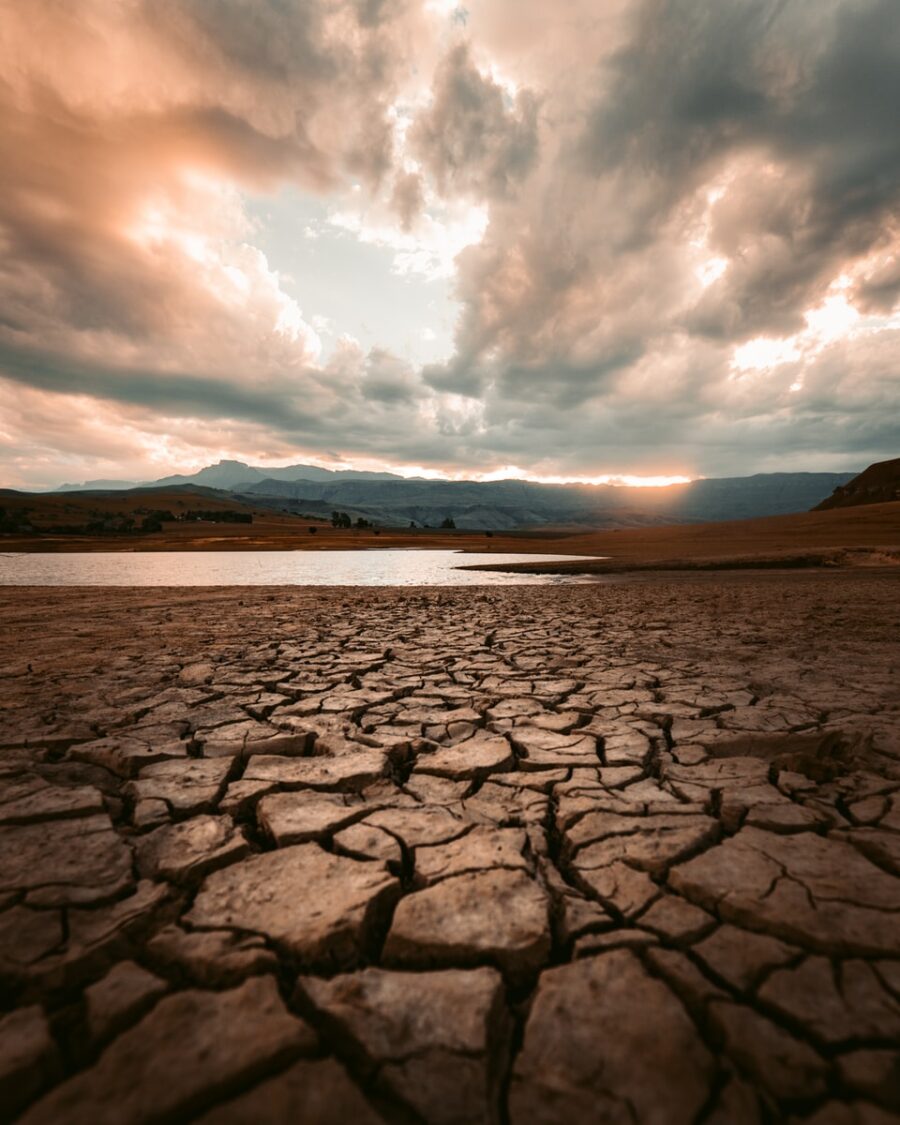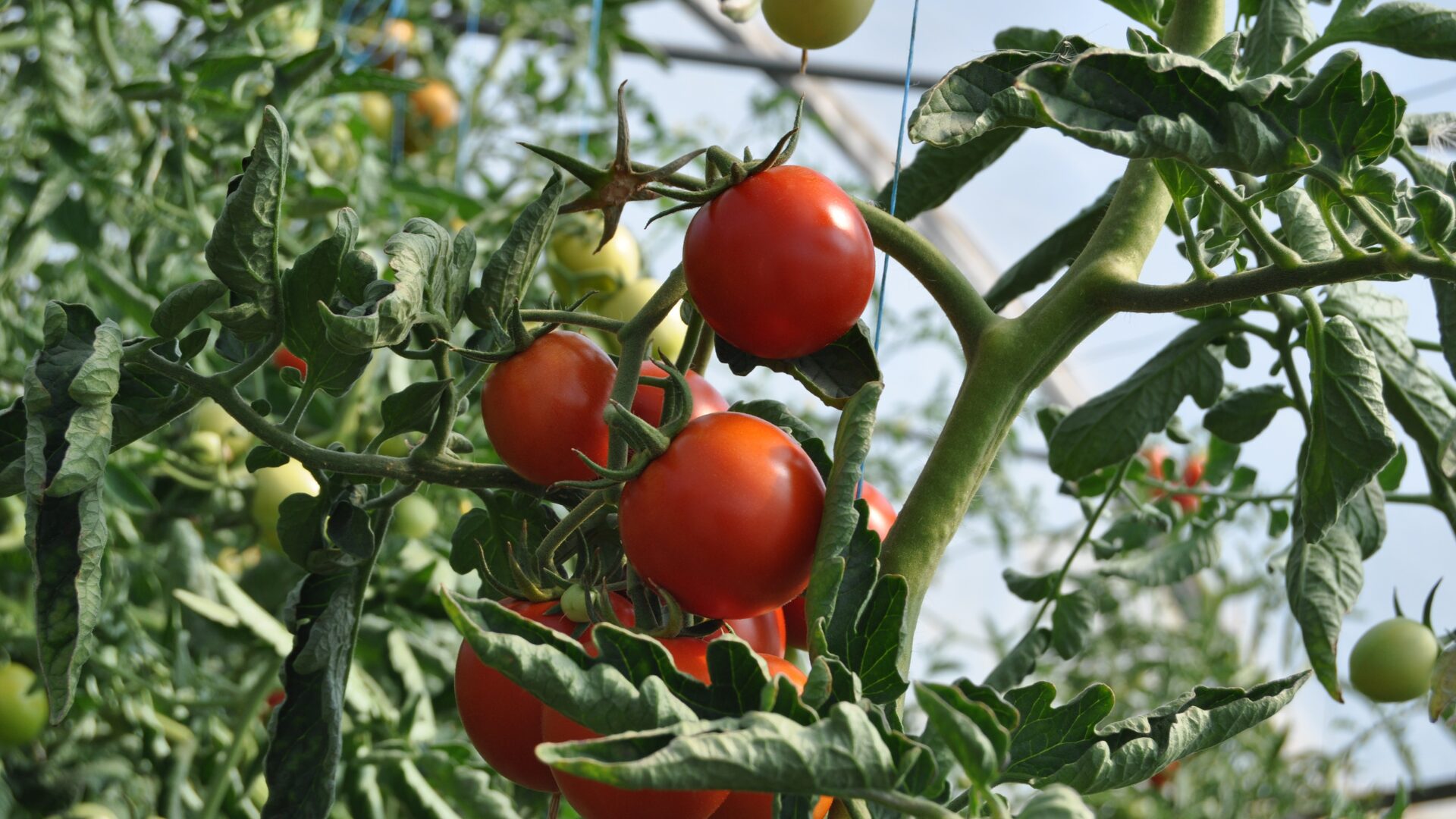Though drought conditions have improved in the Pacific Northwest and areas of the Midwest, parts of California and the Southwest have seen no relief from dry weather. And with La Nina forecast to last possibly into February, states in the Colorado River basin are facing tight restrictions.
The federal government predicts Lake Mead will fall below 1,039 feet by the end of the year, meaning California could see its allocation of Colorado River water cut dramatically, threatening the viability of its two most profitable crops: grapes and almonds.
At a June meeting of the Senate Committee on Energy and Natural Resources, U.S. Bureau of Reclamation officials said Colorado River usage will need to be reduced by an additional 2 million-to-4-million-acre feet in 2023 to protect Lake Mead, at the Arizona-Nevada border, and Lake Powell, at the Arizona-Utah border.
The current drought began in late winter/early spring 2021, and threatens to dry up California’s reservoirs, which The Los Angeles Times reported (July 8) stand at 50% capacity, well below the 66% average for early July. Levels are so low, in the Oroville and Shasta reservoirs, the State Water Project said it would be able to provide only 5% of requested supplies to contractors, and the Central Valley Project said it would be unable to supply any water for agriculture, The Guardian reported (June 24).
The California drought has hit the Sacramento and North Coast regions hardest, according to the Public Policy Institute of California.
Supplies at Lake Mead and Lake Powell are at just 25% of capacity, which could impact electricity generation, Politico reported (July 6).
“California was drought-free in January 2020,” NOAA meteorologist Brad Pugh told The Food Institute. “During the next three months, drought persistence is likely due to a dry climatology.”
California Governor Gavin Newsom’s call on constituents in July 2021 to cut water use by 15% has gone largely unanswered.
In other agricultural news:
Europe drought: Southern Europe is suffering through its worst drought in decades. Bloomberg reported that heat and drought withered France’s wheat crop by 7% while Forbes reported that Italy could see agriculture production cut by 30%.
Coldiretti, Italy’s main farm lobby, estimates agriculture losses at $3 billion. A state of emergency has been declared in the Po River basin.
Temperatures in France in May were the highest ever recorded. While that could help accelerate the wheat harvest, the heat could damage the subsequent corn crop.
New pest: U.S. Customs and Border Protection said it had discovered a new variety of pest at Austin-Bergstrom International Airport in a shipment of flowers from India. Agents discovered Hendecasis duplifascialis Hampson, a type of destructive moth, known to attack the jasmine flower. CBP labeled the discovery a “first in port” interception. The same shipment contained chrysanthemums with white rust on their leaves.
AgroDrone: Hylio is introducing a drone that can apply fertilizer, reducing diesel costs and fertilizer waste. The AgroDrone AG-130 has a 7.2-gallon capacity and can cover 50 acres an hour. The device is capable of autonomous flight or can be controlled manually, the company said.












